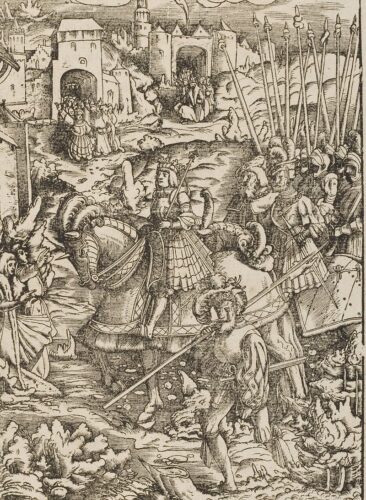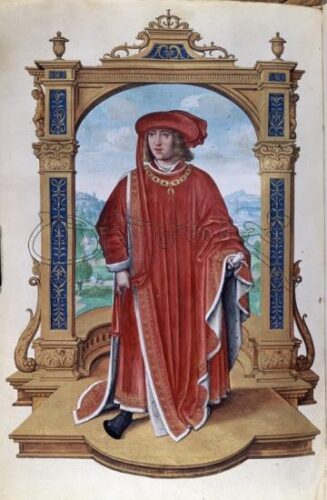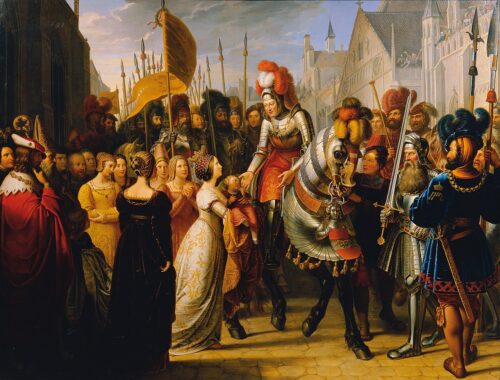Adolescence
By the end of the 14th century, Amsterdam was divided into two almost equal parts, the old side with the Oude Kerk (Old Church)and the new side with the Nieuwe Kerk (New Church). The first two canals with a defensive wall (burghal) were built to defend the city against the invaders.
After 1380 Oudezijds and Nieuwezijdsachterburgwal were dug around the existing canals. Soon however the expansion would prove to be too modest, and in 1425 the Singel moat was dug out around the existing embankments. The moat would evolve into a canal and would determine the boundaries of Amsterdam until the end of the 16th century.
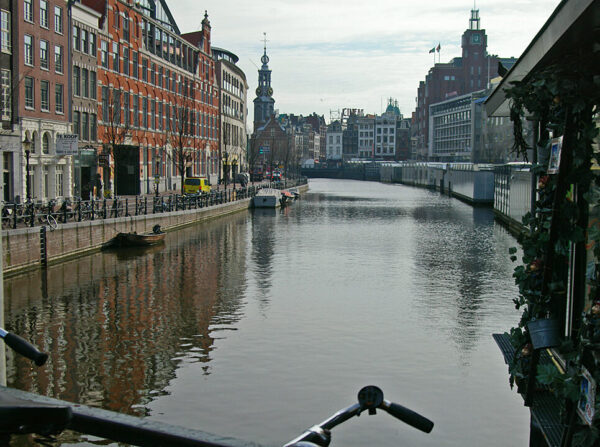
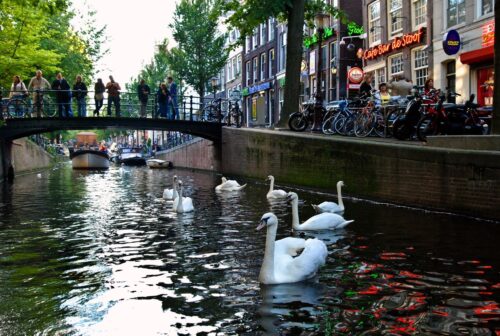
Under the Burgundians, Holland’s economy grew rapidly, especially in the areas of shipping and naval trade. The new rulers defended Dutch trading interests and actively sought to overcome the dominance of Hansa‘s ships in the Northern Seas. After a series of successful naval battles Hansa’s fleet was sidelined (Treaty of Utrecht, 1474).
Dutch ships took over the transport of Polish and Baltic grain and Amsterdam stepped up to replace the city of Bruges as the main market and distribution center of the trade in the latter part of the 15th century. In a couple of years, the Dutch would regard Amsterdam’s grain trade as the mother of all trades (Moedernegotie).
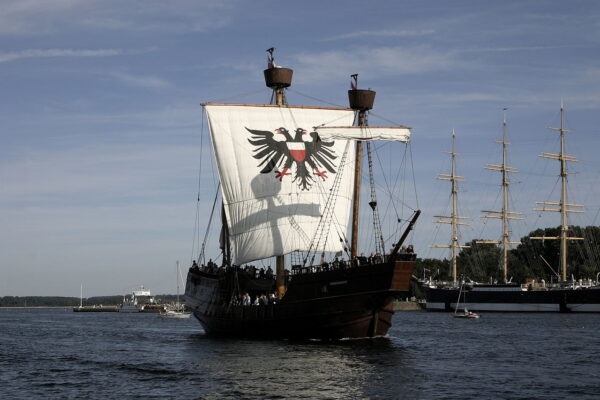

On 5 January 1477 Mary of Burgundy, the sole heiress of the Burgundian territories (hence her nickname Mary the Rich) becomes the official ruler after the death of her father in the Battle of Nancy. A few weeks later she would have to sign an inclusive agreement known as the great privilege that acknowledged a wide range of communal rights for the cities of her domain.
These included a commitment to peace, to a stability of the taxing system, and an employment of natives in official posts. In August 1477 Mary the Rich selects Archduke Maximilian of Austria as her husband & co-ruler, making Holland part of the Habsburg dynasty.
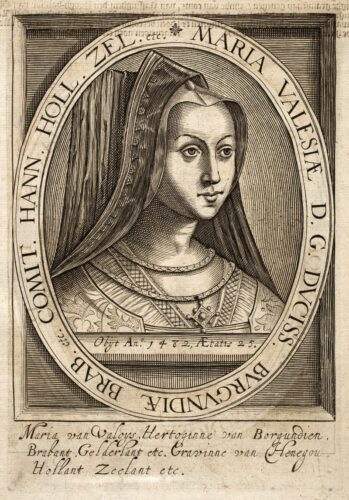
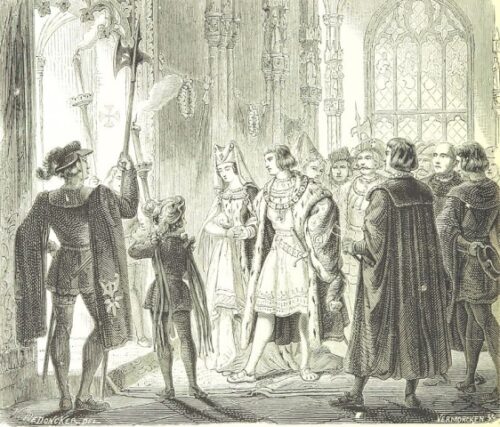

Upon the death of Mary of Burgundy in 1482 the Burgundian Netherlands passes to her son Philip the Handsome who becomes the ruler under the guardianship of his father Maximilian I. The succession would lead to a revolt by many Flemish cities that wanted to keep the increased autonomy given to them by Mary a few years earlier.
Among them was Bruges, the most advanced city in the region. The fall of Bruges would mark the rise of Antwerp & Amsterdam, which were among the ones that lent their support to Maximilian against the rebels, as the leading cities of the Flemish lands.
